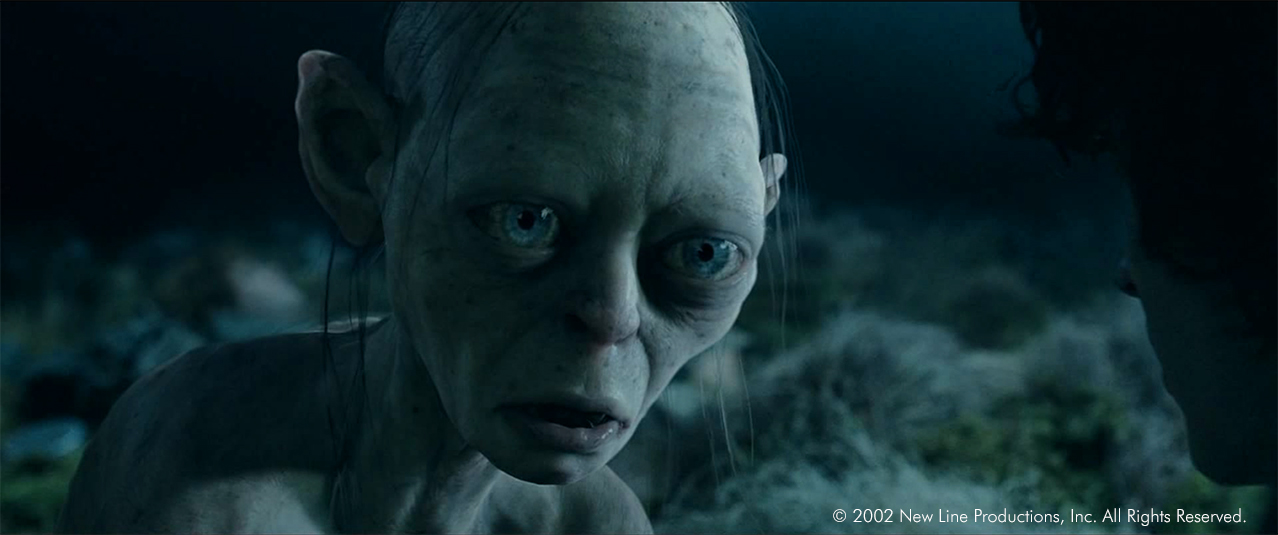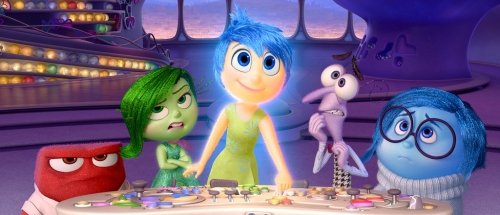
Facial Expressions for Empathic Communication of Emotion in Animated Characters
A journal article titled ‘Facial Expressions for Empathic Communication of Emotion in Animated Characters’ by Andrew Buchanan, was central to my research for this week. It provided an in depth exploration of the various techniques and systems for understanding how emotions are visually communicated, and interpreted by humans, and how these are utilised in animation.
The article largely evidences FACS (Facial Action Coding System), a system developed by Paul Ekman & Wallace Friesen to codify specific facial movements that identify emotional responses. Buchanan discusses the two main types of facial expressions proposed by Ekman & Friesen (spontaneous facial expressions and deliberate facial expressions) and also talks about the third type of facial expression traditionally present in animated characters - symbolic or artistic facial expression.
Animating Gollum - Lord of the Rings The Two Towers
One of the more famous examples of using FACS in animation was the creation of Gollum in Lord of the Rings: The Two Towers.
Gollum is a completely CG creature that appears alongside largely live action sets, props, and actors throughout the film. His performance was animated from the motion captured performance of Andy Serkis.
Unlike most modern motion capture CG characters though, the technique for animating Gollum was what the studio animators called “roto-animation”. Rather than using performance capturing devices for the face, the animators chose instead to animate the character directly over the reference performance from Serkis. This process of combination sculpting allowed them to efficiently pose the expressions of the character, with the various facial poses designed in correspondence to Ekman and Friessen’s Action Units, from the Facial Action Coding System.
Widely regarded as one of the most believable CG character performances in a live action film, and a groundbreaking feat in CG animation, the creation of Gollum is an extremely important example of how to approach representing realistic emotion through a combination of technology and artistry.
Inside Out
Another great work related to the exploration of emotion in animation is the 2015 Pixar film Inside Out. “Inside Out” tells the story of five emotions — personified as the characters Anger, Disgust, Fear, Sadness and Joy — grappling for control of the mind of an 11-year-old girl named Riley as she undergoes a series of turbulent life changes.
While Ekman & Wallace, developers of FACS, were scientific consultants on the film, ‘Inside Out’ definitely uses more of the symbolic/artistic approach to character animation. In contrast to the animation of Gollum, the characters of Anger, Fear, Disgust, Joy, and Sadness provide a much more exaggerated example of the movements of emotions, relying far more on the designs and the assumed movement of these stylised characterters.
About This Work
By Tom Nickeas
Email Tom Nickeas
Published On: 21/08/2020

